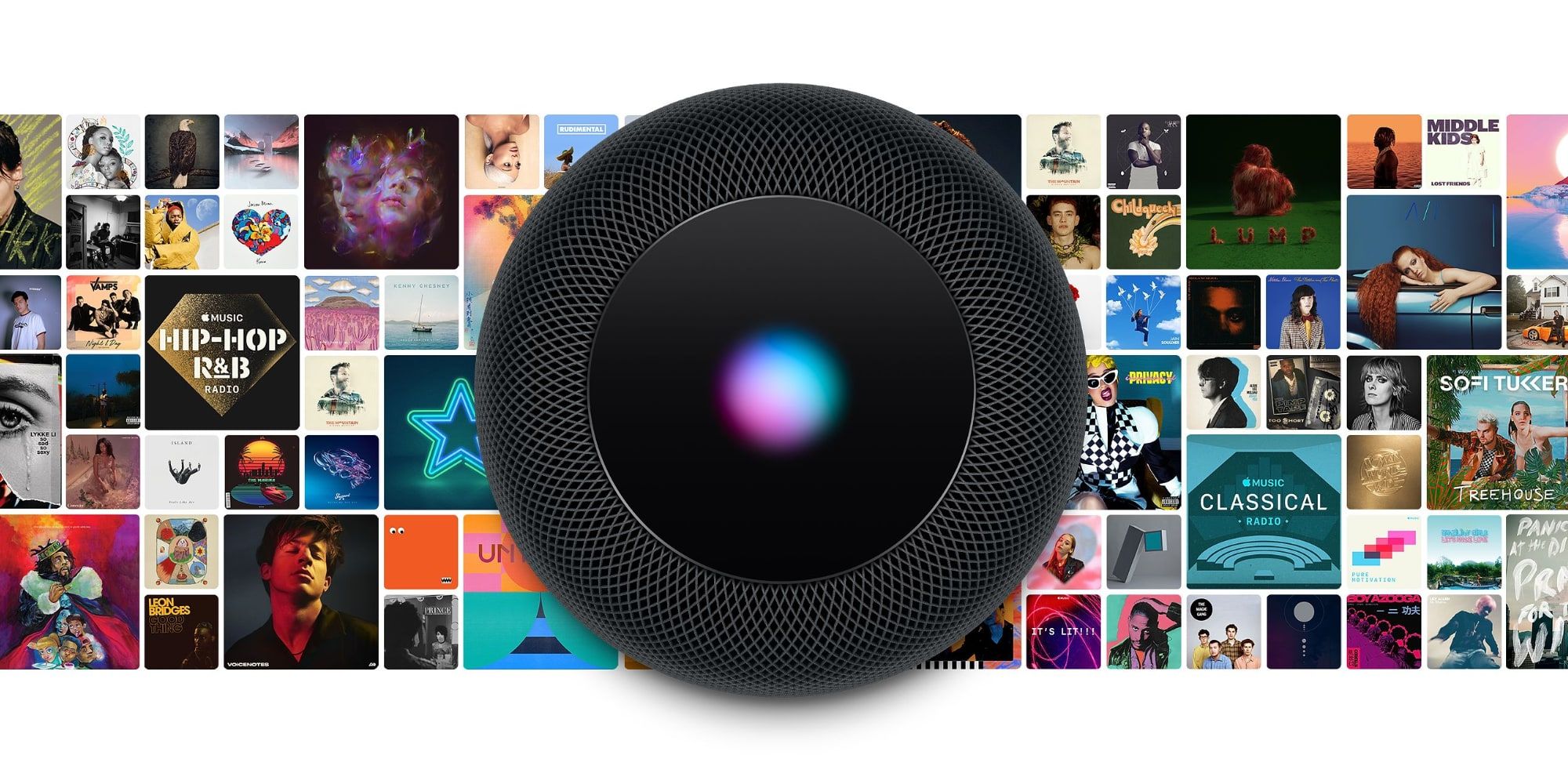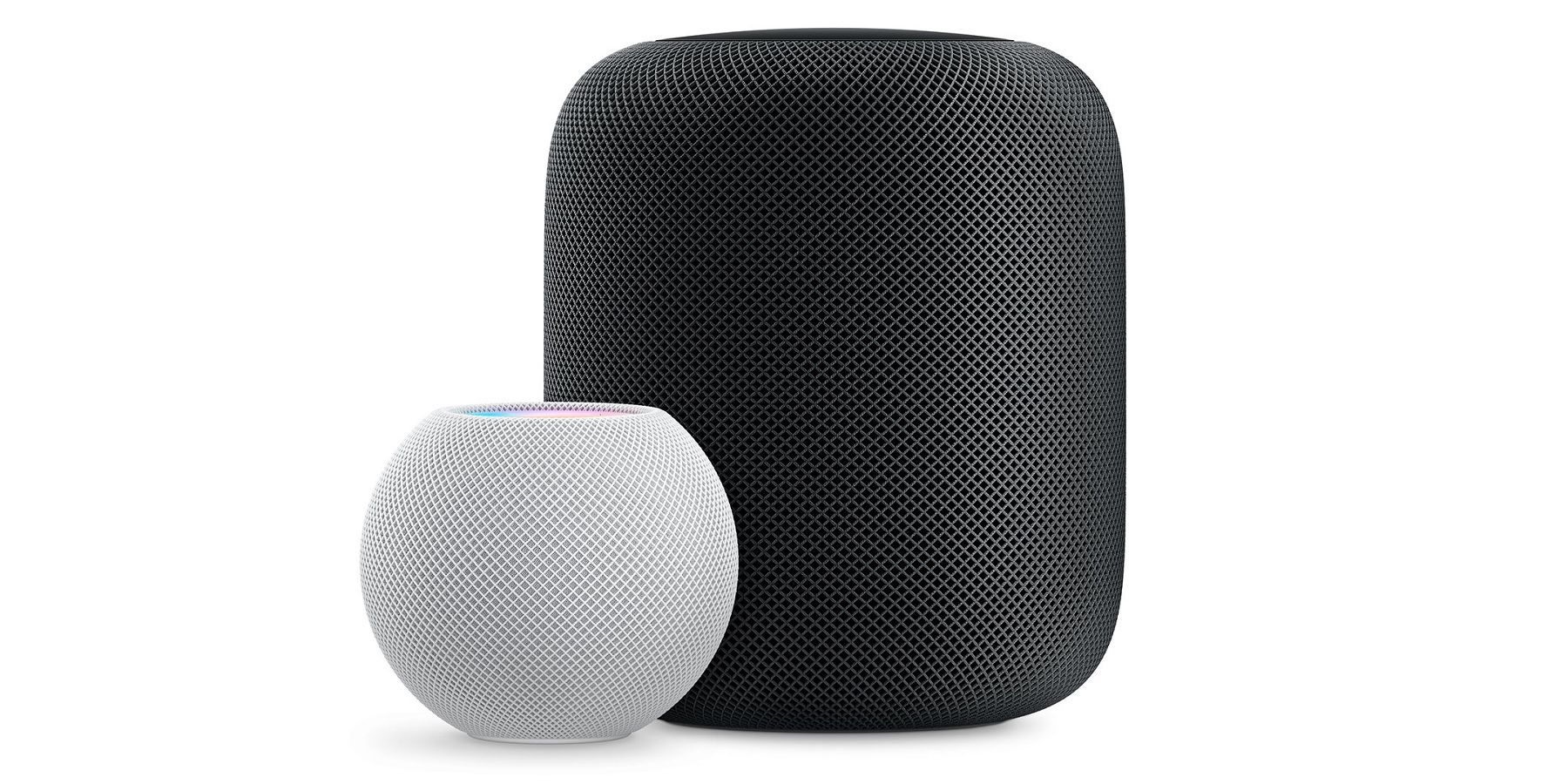Apple recently confirmed that its original full-size HomePod smart speaker was being discontinued. When shopping on the tech giant’s website, the HomePod is still available, but the color choice may be limited in some areas and at the top of the order page a note specifies ‘while supplies last.’ The HomePod mini is still an active product, so the decision to remove the much larger version may seem counterintuitive.
The HomePod was Apple’s first smart speaker, announced in 2017, trailing the Amazon Echo by three years and the Google Home by one year. Apple has had some significant success when arriving late to market with a more refined or more consumer-focused product, but missed the mark with its first HomePod which didn’t become available until 2018. Amazon was the biggest name and among the first to launch a voice-controlled speaker that provided much the same experience as a smartphone voice assistant, but without the screen. It dominated until Google entered the market providing strong competition with its superior natural language processing that had been refined by processing data from a large number of Android phone users.
Apple’s arrival into the smart speaker market was barely noticed by the leaders, Amazon and Google. The HomePod had much more focus on sound quality and music, which most reviews noted was very good, but the drawback of the relatively poor performance of Siri as a voice assistant was invariably noted on as well. Now, Apple has officially discontinued the original HomePod, as confirmed by TechCrunch. Originally priced at $349, Apple permanently dropped it to $299 a little over a year after launch, where it has remained ever since. While this premium price is in line with other high-end smart speakers, Apple failed to launch a lower-cost option to compete with the leading competitors until three years later. The advances made to Siri and other recent improvements were not sufficient to change consumer perceptions that it lacks enough value as a smart speaker. Google and Amazon both offer a range of speakers, starting with tiny models that are about one-sixth the cost of the HomePod and climbing in increments to higher-fidelity and higher prices with Amazon's Echo Studio and Google's Nest Audio at the top. The Sonos One, meanwhile, is a high-quality smart speaker that is compatible with Apple's AirPlay 2, while supporting Amazon's Alexa voice assistant, so it may be a good alternative for better audio and smart speaker functionality than the HomePod mini can deliver.
Why HomePod mini & Not HomePod?
The HomePod mini is still being supported, however, and the 2020 launch has been perceived by most as quite successful. Why would Apple keep the HomePod mini and not the larger HomePod, which has much better sound quality, stronger bass and all of the same Siri enhancements that its smaller sibling has? One reason may be that the technology is aging. Since the HomePod was announced in 2017, it will be four years old by the end of this year. The HomePod mini has a newer S5 processor that was first used in 2019, while the HomePod is powered by the A8 which dates to 2014. The HomePod mini also includes Apple’s ultra-wideband chip, the U1, which is found in the Apple Watch Series 6, iPhone 11, and iPhone 12. Each device with a U1 can detect the position of other U1 devices with high-precision and there is potential for high-speed communication via this signal too. Rumors suggest ultra-wideband tech will become increasingly important to Apple in the near future, so there may be extra incentive to phase out or replace devices lacking this capability.
Perhaps the biggest reason to clear out the original HomePod inventory and not restock may be to replace it with something new. While no rumors have surfaced about a new smart speaker from Apple, a new HomePod would likely come at the end of the year. On the other hand, Apple may be planning to add more premium features to the much more popular HomePod mini. The original HomePod gained Dolby Atmos sound capability last November, but the HomePod mini did not. Stereo pairing is possible with two of Apple's budget smart speakers, but surround sound has not been enabled yet. This may not be a limitation of the hardware, but rather a feature missing in software. Keeping premium features exclusively for the more expensive device makes sense, but Apple may be seeing an opportunity to expand its limited market share by adding more capabilities to the HomePod mini. If four or more of the small speakers could be paired for high-quality surround sound, the need for the larger HomePod would be diminished. Clearly, the HomePod was a rare miss by Apple's design and marketing team and letting it run out of stock will enable it to move toward a stronger position among competing smart speakers in the future.
Source: TechCrunch


